Inner workings: some fun (and not so fun) insights into demographics of temnospondyl research2/9/2021
Temnospondyls are a weird bunch of animals, which naturally means that the people who work on them are also a weird bunch. I've been kicking around some ideas for a blog post looking at the demographics of temnospondyl research for a while, both out of a general interest and with an eye towards diversity (or the lack thereof) in early tetrapod research, which is particularly niche among vertebrate paleontology. Meant to do it in 2020, but a lot of things obviously happened that delayed it to now... Where to find the temnos (Part 1)Where do temnospondyls "live" today? It's probably not that surprising that my semi-arbitrary list of the institutions with the most temnospondyl material are in predominantly western, northern hemisphere countries. This is obviously not a full list; there are many other institutions in the U.S. with decent temnospondyl holdings (KUVP - Lawrence, KS; OMNH - Norman, OK), especially ones with large quantities of material from single localities (TTU - Lubbock, TX; PPHM, Canyon, TX), as well as a few international museums like BPI (Johannesburg), MGUH (Copenhagen), and GSI (Kolkata), but the ones mapped above hold a lot of the world's temnospondyl holotypes and best specimens. Where to find the temnos (Part 2)Now how does this stack up to where temnospondyls are actually found (i.e. where they actually lived)? The most obvious takeaway is that temnospondyls are all over the world (they're also known from Antarctica, but that's not mapped on here since it's not a sovereign country). If you sort of compare the two maps, there's pretty good alignment between the top temnospondyl-holding institutions and the countries with the most temnospondyl fossils. However, there is one small (geographically speaking) outlier: the U.K. This brings me to the next part of this pseudo-study - are temnospondyls frequently the subject of "helicopter research?" Helicopter scienceThe concept of "helicopter science," where researchers from predominantly western countries in N. America and western Europe figuratively (but sometimes literally) helicopter into an underdeveloped country without comparable research or academic infrastructure, collect fossils, and then publish them without local collaboration in the authorship team, is fairly recognizable today. This can realistically happen in almost any discipline, and there are plenty of good articles out there on the internet (see here, here, and here), but in paleontology, it's particularly common in Africa (excluding South Africa to some degree) and South America. Helicopter research is hardly ahistorical - it is a barely disguised arm of the long history of colonialism, rooted in the exploitation of human and natural resources of underdeveloped regions and populaces, and it remains a huge problem in paleontology because many historical collections were made by European countries in places like Africa and now continue to benefit from the research and public interest valuations of those fossils. Repatriation and other means of reconciliation remain sticky subjects (e.g., Germany's holding of the sauropod Brachiosaurus from Tanzania; source and source). Note that this is different from repatriation of explicitly illegally held fossils, like those smuggled out of Brazil (source) or Mongolia (source); many of the historical collections were made through legal, museum-sponsored expeditions (admittedly at a time when fossil regulations were near non-existent in most countries, perhaps a convenient thing). If I put the previous map of major temnospondyl hotspots side-by-side with a tiered map showing major repositories of temnospondyl fossils (in the blues; white only indicates very few to no fossils, not absolutely nothing), the U.K. should pop out as best a small set of islands can. France punches a little above its weight, but nothing like the U.K. So let's talk about the U.K. The sun never sets on the British empireThe U.K. has obviously punched way above its geographic weight in global politics for centuries, and vertebrate paleontology is no exception; other than maybe Germany, it produces more vert paleontology research output than any other European country. Now unsurprisingly, there are not very many fossils in general on the isles; islands are not usually major sources of fossils. But the U.K. holds a remarkable number of not just fossils, but holotypes, from other countries, including a number of ones with fairly well-developed paleontology infrastructure. Basically all of these exports are housed at the Natural History Museum (NHMUK, formerly the British Museum of Natural History [BMNH]). The list of holotypes housed there is fairly impressive (left) compared to the domestic holdings (right):
Anyone with a fuzzy sense of world history will probably notice that most of these exported holotypes come from countries that were major colonies of the British empire (evidently American independence warded off any prospective future attempts to take most of our fossils). In fact, the only continent that the Brits don't have temnospondyl fossils from is Antarctica, and there are barely any from there to begin with. This changes the discussion a little bit though - the wide-ranging holdings of the U.K. is really just straight-up colonialism rather than helicopter research, which is a term mostly used with respect to contemporary research. Helicopters didn't even exist when most of this material was collected (mainly 18th and 19th centuries). As far as I know, no one in the U.K. is globetrotting to collect more temnospondyls (or has for several decades), although Andrew Milner made an entire career out of working on the extensive holdings of non-domestic, European temnospondyls (especially from the Czech Republic) at the NHMUK. I won't even pretend to know anything about the history of Czech paleontology, but there is a massive amount in the Narodní Muzuem in Prague, so it's not like the country was exclusively pillaged by other countries. What the heck, let's do France too: France of course had a much smaller colonial reach by the time that paleontology had taken off as a field. However, they cornered the market on northern Africa (politically and paleontologically), and the MNHN has extensive material from Morocco in particular (four holotypes). The French also outperformed the Brits in Madagascar, holding a number of trematosaur holotypes.
I'll map the U.S. as well, but I'm not even going to begin listing holotypes; there are more than a dozen dissorophid holotypes alone, both from and housed in the U.S. If I had to make a crude estimate, there's probably close to 100 holotypes from the U.S. The main American institutions with foreign holdings are the AMNH and the UCMP. The U.S. probably never developed major forays into other countries with the intent of bringing back fossils since there are already so many in the U.S. I'd be that there are some loan swaps with other countries that aren't described in the literature, but no need to get greedy. South Africa clearly got farmed by literally everyone though. Now in all of this, I want to point out that non-holotype holdings from another country could be swaps - you give me something I don't have, and I'll give you something that you don't have. This happens a lot between museums and is a great way to diversify their holdings and exhibits. For example, there's one Lydekkerina specimen at the Royal Ontario Museum in Toronto, but I'm pretty sure nobody from that museum went down to South Africa just to collect one Lydekkerina... The Natural History Museum in London notes on their website that a bunch of their German material was donated by Herman Credner. Let's come back to the original question of helicopter research. Most of the historical work is direct colonialism, but what about nowadays? To be frank, there isn't that much opportunity simply because nobody's getting a million-dollar grant just to go into a relatively unexplored (paleontologically speaking) region and dig up specifically temnospondyls. Brazil remains largely worked by Brazilians, or at least other Latin Americans (e.g., Eltink et al., 2016; Pacheco et al., 2017; Azevedo et al., 2019; Dias et al., 2020), with minimal involvement from North America or Europe. Asia outside of India has never produced many temnospondyl fossils, most of which are published by local researchers (e.g., Liu, 2016, 2018; Chakravorti & Sengupta, 2018; Mukherjee et al., 2019; Rakshit & Ray, 2020). So Africa is the only other region with the potential for helicopter research, and even that hasn't produced a lot of new material. The track record there is pretty good for local collaboration. There is a single Carboniferous temnospondyl occurrence on the entire continent - the micromelerpetid Branchierpeton saberi from Morocco (Werneburg et al., 2019); the last author on that paper is affiliated with Chouaib Doukkali University (Morocco). Two very fragmentary bones were also reported from the mid-late Permian of Morocco by Steyer & Jalil (2009); Jalil is at the Muséum national d'Histoire naturelle in Paris, one of the major repositories of material from Morocco, but he remains affiliated with Université Cadi Ayyad. South Africa was mostly worked by South Africans historically, and they haven't excavated substantial new material in a while. The only other substantial contemporary study of African temnospondyls is the set of papers reported Nigerpeton and Saharastega from Niger; three of the four papers include local collaborators from Niger (Sidor et al., 2005; Damiani et al., 2006; Steyer et al., 2006), and the fourth is a single-authored festschrift contribution (Sidor, 2013). Perhaps most crucially, the material is reposited at local institutions. A secret life abroadWhat about trafficking of temnospondyls? Laws regarding fossil ownership are famously variable between countries and usually lacking in those without established infrastructure for collections and research. Brazil is the most recent country re-emerge in the news over the dinosaur Ubirajara, a fossil exported to Germany under rather dubious circumstances that suggest a fair bit of impropriety at the bare minimum (Science, NatGeo). Eagle-eyed readers might have noticed that Brazil is one of the countries with specimens housed in the Natural History Museum in London - this material is of Prionosuchus plummeri, the largest known temnospondyl and in fact includes the specific material used to get the approximately 9 m length estimate. The paper describing it, Cox & Hutchinson (1991), indicates the material was collected in collaboration with Llewellyn Price, one of the most famous Brazilian paleontologists, in 1970 and 1972. This falls within the gray area between 1942, when Brazil requires governmental approval for export, and 1990, when the government bans permanent export; obviously at the time, this was not considered an ethical issue, and the paper makes no mention of the export process.
Behind the scenesNow that we've looked at things from a fairly coarse scale, what about the individuals who actually do the research? To get an idea of this, I built out a dataset of publications in two time intervals, 2000-2009 and 2010-2020 (both inclusive). This is mostly grabbed off of Google Scholar, although I got ones that aren't indexed there if I knew about them. Some general guidelines I was using:
Who's whoLet's start by looking at the most productive temnospondyl workers. Note that to keep these graphs somewhat concise (there's several dozen unique first authors from 1999 to 2009 and almost 100 from 2010 to 2020), I'm using an arbitrary minimum cutoff of 6 publications (authorship position irrelevant). I'll mostly show graphics related to this particular subset, but it isn't a referendum on what I think about either publications or authors that aren't captured here because of the cutoff, and it does not mean that everyone who is listed here is a temnospondyl "expert," either as self-defined or as perceived by others. That being said, many of the names on here are the first people that the average paleontologist would think of for temno-related matters. The point of these graphs is just to show numerical production. Citation count or other measures of impact take longer to data-mine and get complicated when you can't use a single search engine to get measures for every study, not to mention that 11-year sampling bins are not as good. I think the plots are pretty self-explanatory, and they show some interesting patterns. Firstly, two German dudes, Rainer Schoch and Florian Witzmann, have dominated the temnospondyl literature (note that their true net contribution is overestimated by these plots because they frequently co-author papers, at least 10 on a quick count). Country trends will be discussed next, so I won't get into them too much here, but there's a few other areas to comment on that aren't clear from the plots themselves.
As an aside, it might look weird that the 1999-2009 interval has more publications, but what this really reflects is a declining "market share" of the entire set of publications by this arbitrarily defined subset that I'm using here. Both of these subsets represent a majority of the total output of each time interval, but it's much more substantial for the 1999-2009 interval (63.5% for 1999-2009; 52.1% for 2010-2020).Between 1999 and 2009, there were only 66 unique first authors; that number went up by essentially 50% to 97 unique first authors between 2010 and 2020, and as a result, a smaller proportion of the total papers were produced by the subset of the most productive workers. Whether this increase in distinct workers reflects increased interest or just increased access can't be addressed here. Now let's back out and check the entire dataset - is it possible that women are overrepresented below the cutoff of >5 publications that I defined here (i.e. that women are either less likely to be first authors or that they produce fewer first-authored publications than men; not mutually exclusive)? Indeed, the proportion of women as first-authors is higher in the overall dataset for both time intervals (17.3% and 25.2%, respectively) than in the subset of the most productive workers (12.6% and 16.8%). Indeed, between 1999 and 2009, there were 16 unique women who first-authored a paper, but only three of those published more than five papers in that time (women were 24.2% of all unique first-authors); between 2010 and 2020, there were 28 unique women first-authoring a paper, and also only three of those published more than five papers in that time (women were 28.8% of unique first-authors). By country of affiliation of lead authorNow let's back out and take a look at how things break down by where the primary listed affiliation of the first author is physically based for all of these studies.
'The single genius'Science is often fixated on this concept of single geniuses (coincidentally mostly men) where we elevate these really well-known figures like Einstein, Hawking, Darwin, Newton, etc. as incredible geniuses who essentially accomplished their major findings on their own. This has drawn a lot of criticism in recent years because it often totally obfuscates the actual history of discovery, whether in Crick & Watson's overshadowing of Rosalind Franklin, or in the more everyday aspects of scientific research where PIs claim credit for student work. Some reads here (BBC), here (New Republic), and here (Vox). People don't have to be scientists or Nobel laureates to have this title figuratively bestowed upon them (or to place it upon themselves); we are all cultured to think of the people at the top as the 'masterminds' or the 'big brains' behind a complex machine, whether in film (directors, producers) or in science (PIs).
The TLDR is that there is a definite trend toward low authorship teams, though I obviously don't have comparative data to assess how that stacks up against other groups of tetrapods. Now there's plenty of ways to speculate on why temnospondyl research is skewed towards small research teams. One, of course, is that certain workers do perceive themselves in this 'genius' vein and either feel that additional collaborators have nothing to contribute or will in fact slow them down. That's sort of pessimistic, but it's inherently true that there is only one limiting actor in a single-authored project, which could be good or bad depending on how you work and what you're working on. Re: the latter, there might be less of a perceived need for collaboration in descriptive papers, which remain the bulk of temnospondyl analyses - all you need is one well-traveled person who has seen a lot of the relevant material in theory (this is not a personal advocacy for avoiding collaboration in descriptive papers). A third factor is that some of the most productive workers are based at museums with good temnospondyl holdings (e.g., Fröbisch, Lucas, Schoch, Steyer, Witzmann) - that means that not only may they not have to go anywhere to look at specimens, there's also a smaller chance that authorship associated with another curator granting access to collections is involved. One other possibility is trying to avoid COI (conflict of interest) for a certain period of time. I don't know how it works in Europe, but here in North America, frequent collaborators are usually banned from reviewing your grants ('frequent' for NSF is defined as any collaboration within the last year, graduate supervision, and a few other activities). The same thing was a problem for me when trying to find an external examiner for my PhD defence (most universities require that you have someone not affiliated with the university) - Toronto requires someone who has themselves graduated a PhD student and who has not collaborated with you or your advisor in the last 5 years! I can certainly appreciate that it is already hard enough getting temnospondyl reviewers for papers (which have far looser COI rules, which are really more like "suggestions"), and I think that this may also influence how people go about forming research teams. If I had to guess though, the main reason why temnospondyl teams are small is because the temnospondyl community is also small. To pass muster, you gotta find at at least two and maybe three or four reviewers to green light the paper. That's a lot (I have problems getting more than two a lot of the time), so any potential collaborator is also a potential reviewer - put them on the paper and now you've knocked down your reviewer pool. I have definitely had non-temnospondyl workers review some of my papers, and I don't think that's they were the top choices either. Mathematically, needing at least two reviewers per paper means some people get asked to review a lot, and for any given reason, someone might not be able to do it. You might also just really like somebody as a reviewer - I have certain people who I find to be very good reviewers (=/= short review necessarily) - so regardless of whether that person is also a great scientist, you might leave them off the team unless you think that they are essential (hard to argue for essentiality in most descriptive work). TLDR
Dann
2/9/2021 11:14:41 pm
Australia was once a common victim of 'helicopter science', and not only at the hands (rotors?) of the British. That's how Harvard acquired its Kronosaurus skeleton in the 1930s. It wasn't until 1986 that the 'Protection of Movable Cultural Heritage Act' was passed, making the export of fossils from Australia far more difficult. Comments are closed.
|
About the blogA blog on all things temnospondyl written by someone who spends too much time thinking about them. Covers all aspects of temnospondyl paleobiology and ongoing research (not just mine). Categories
All
Archives
January 2024
|

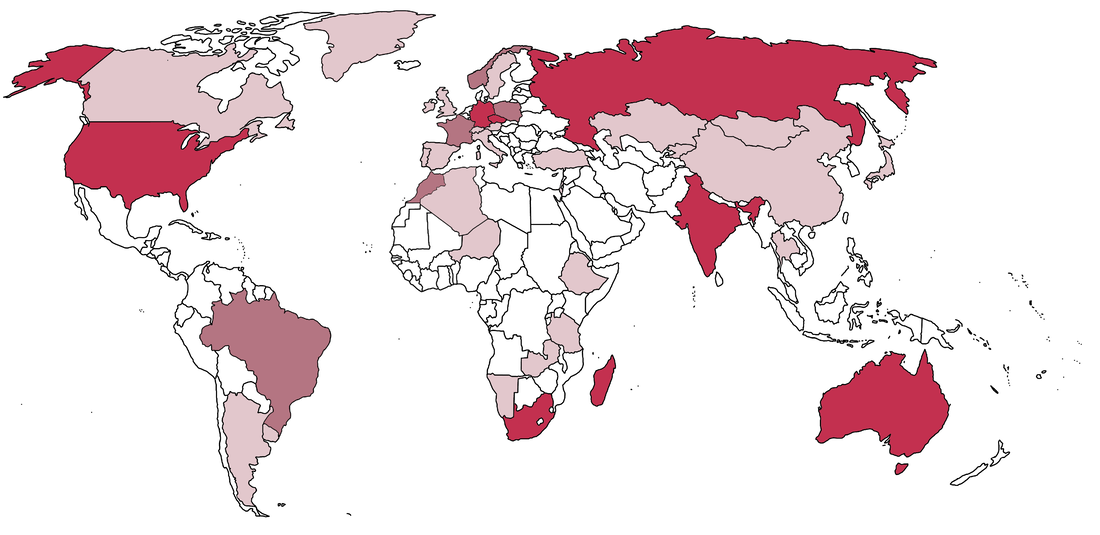
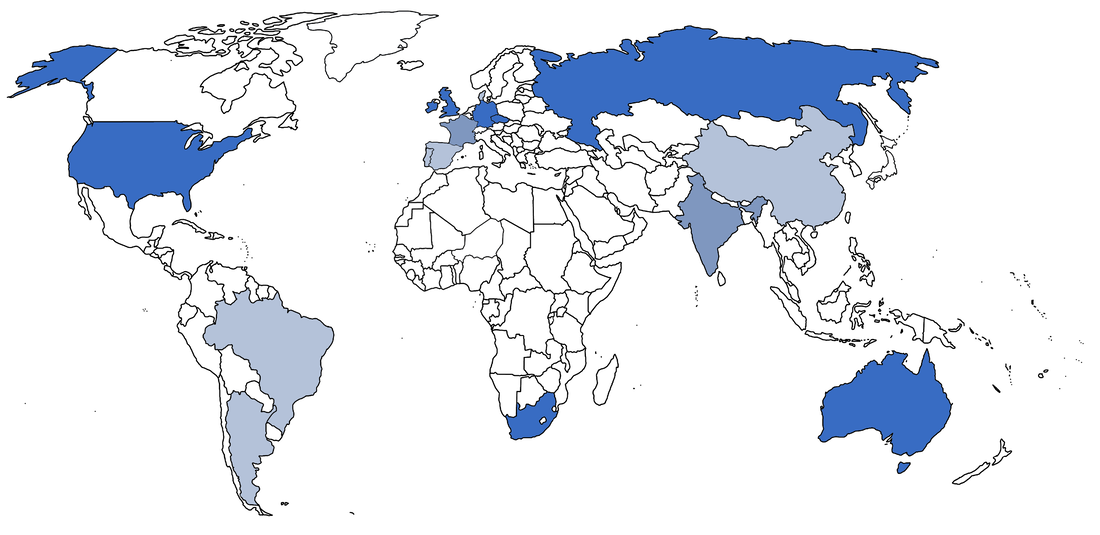
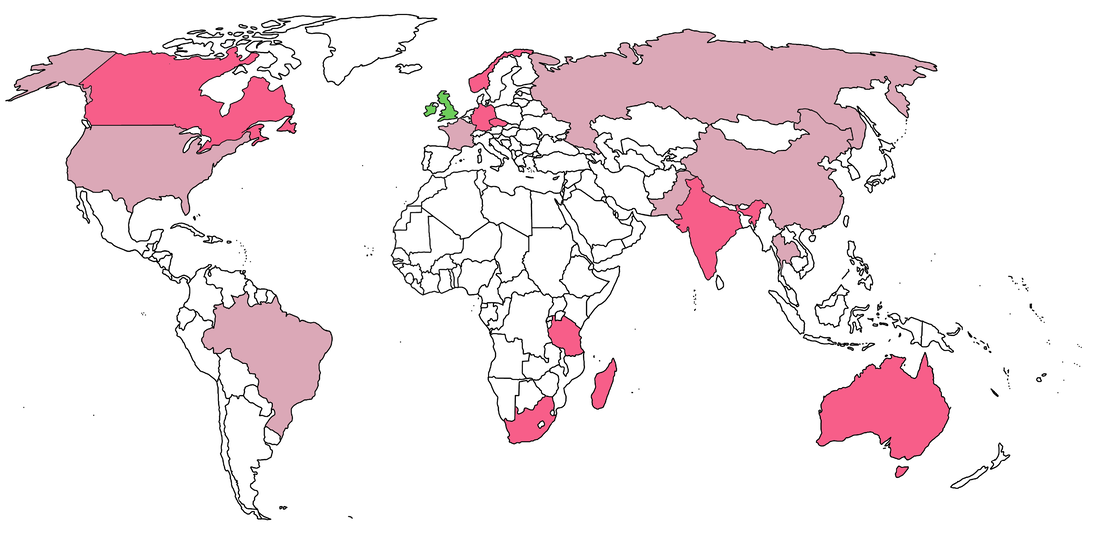
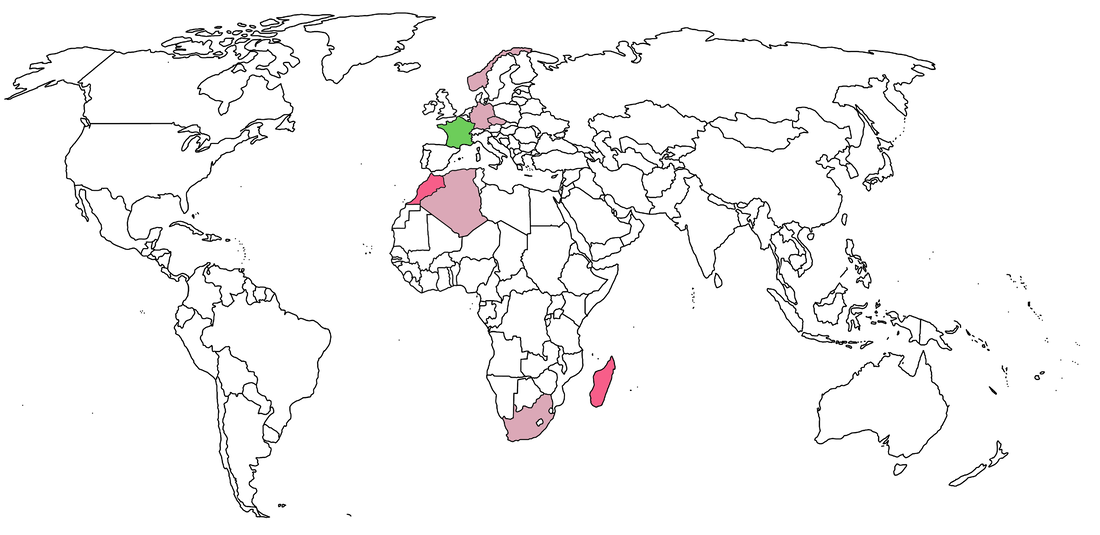
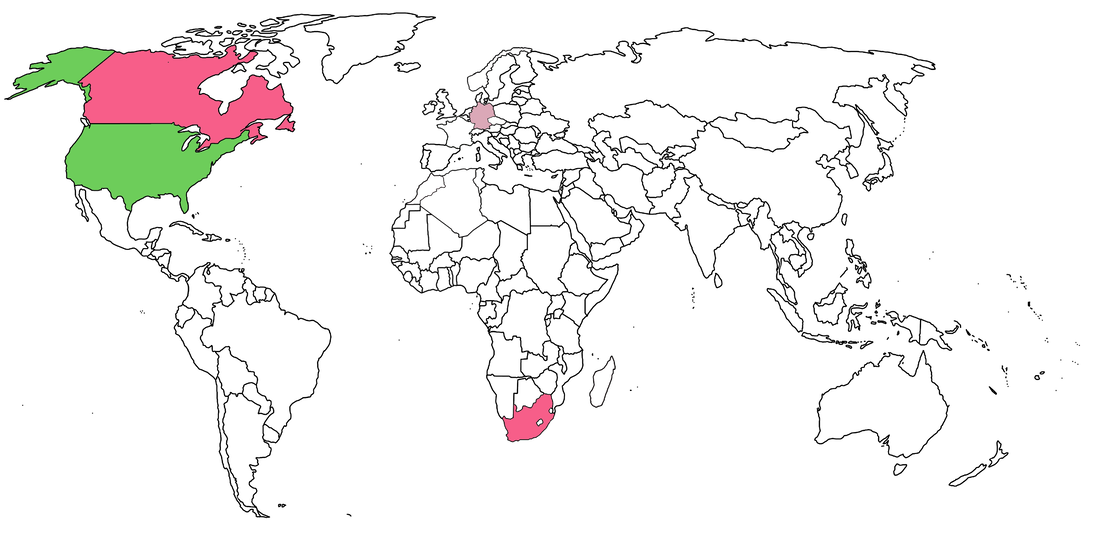
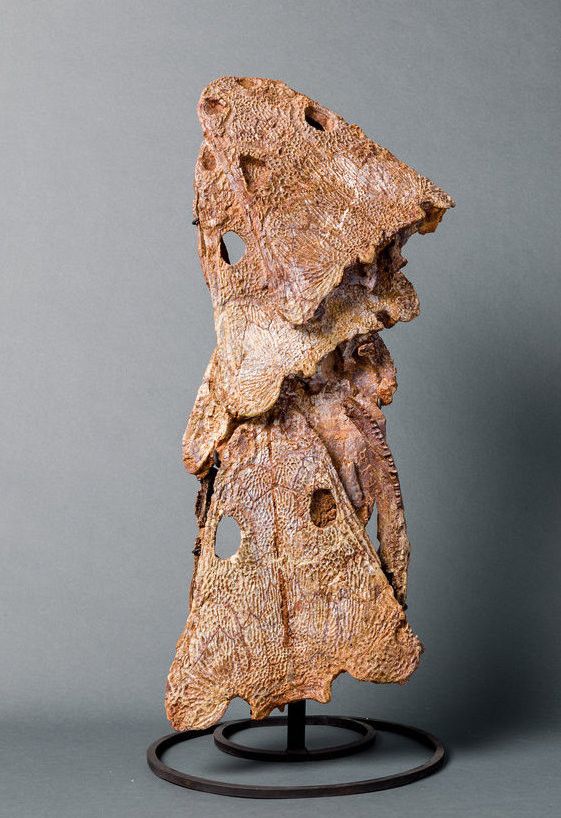
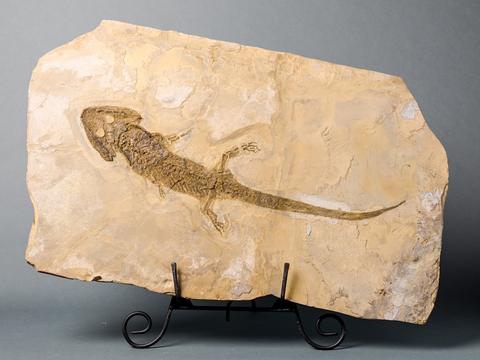
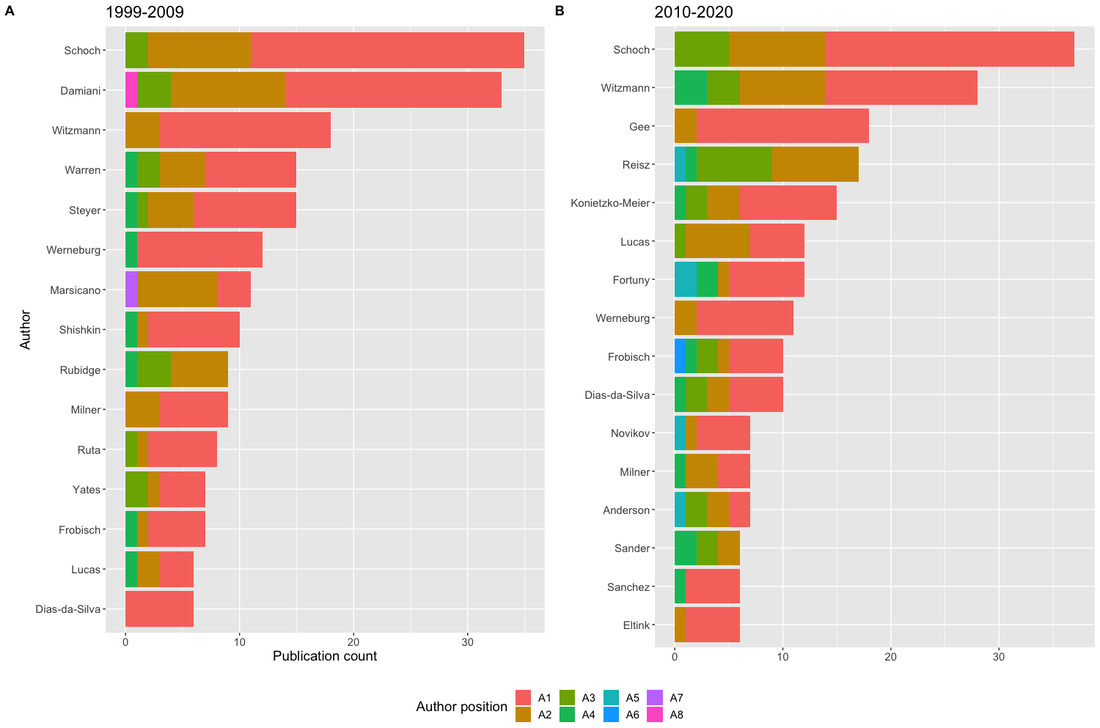
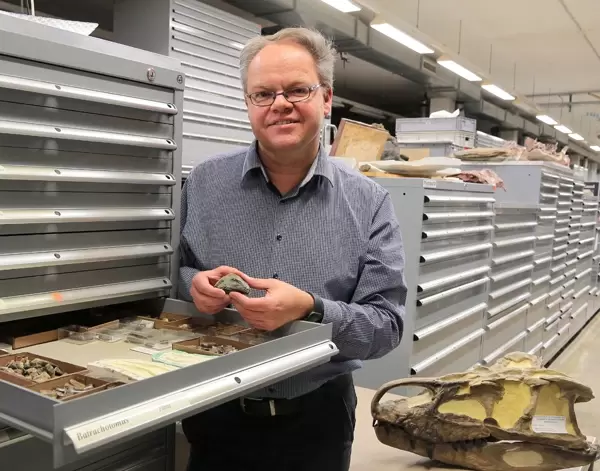
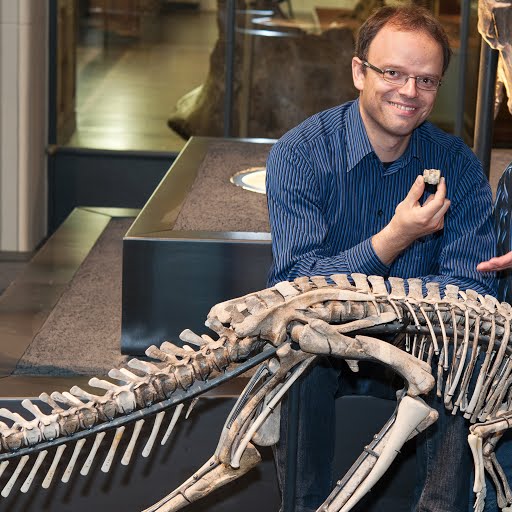
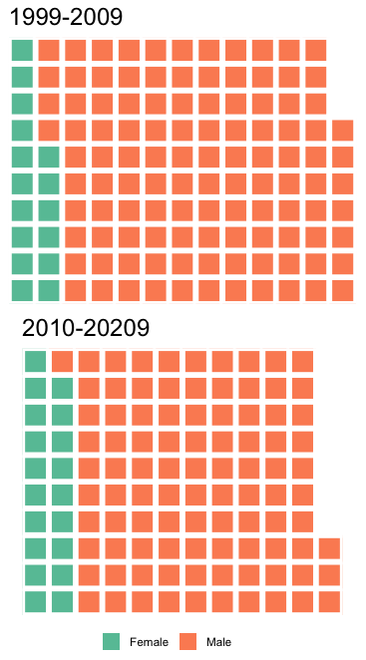
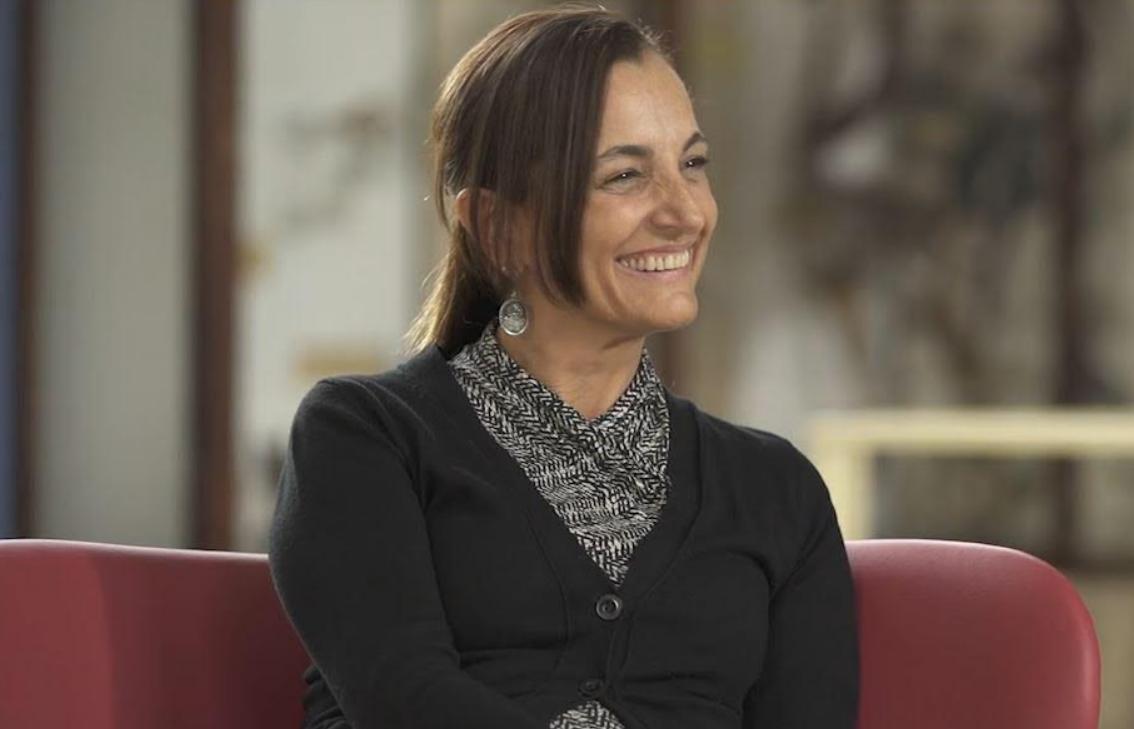
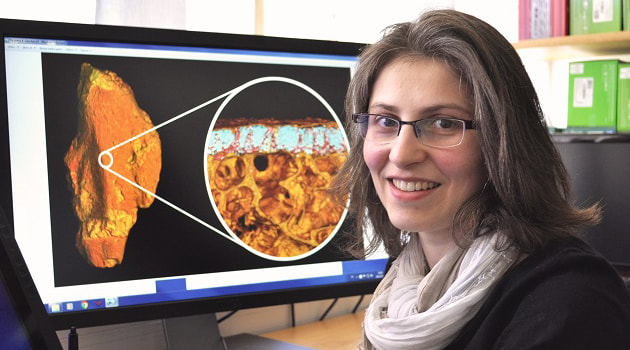


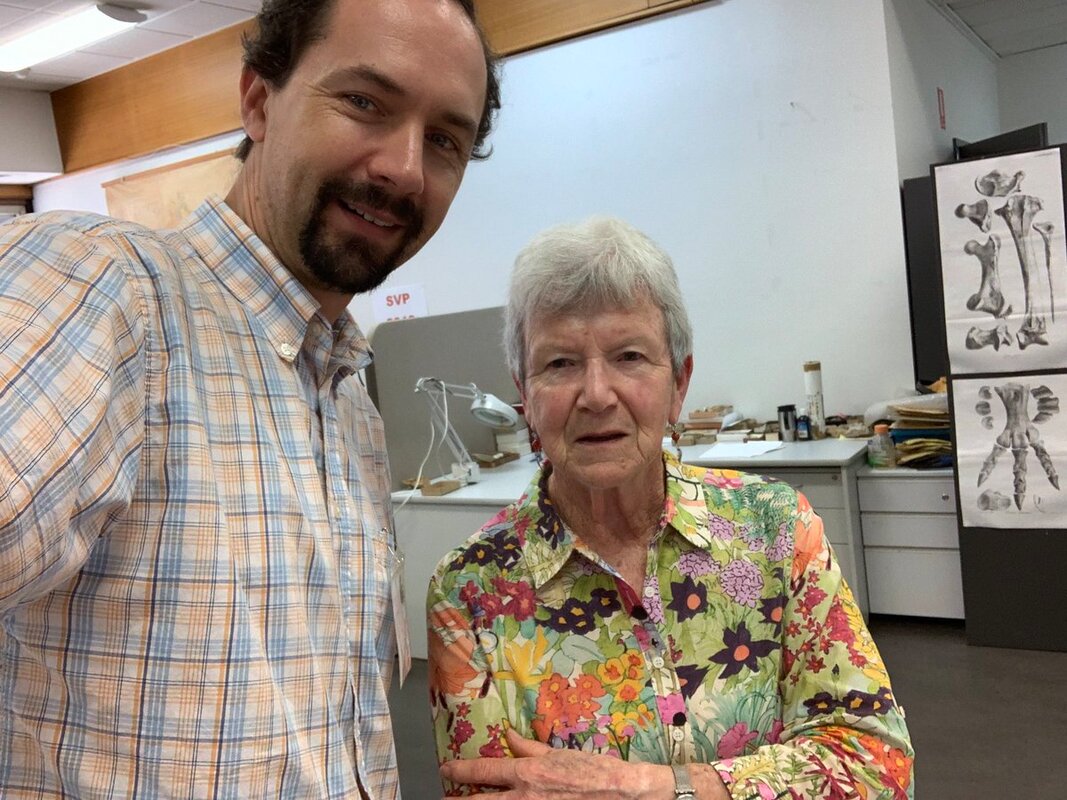
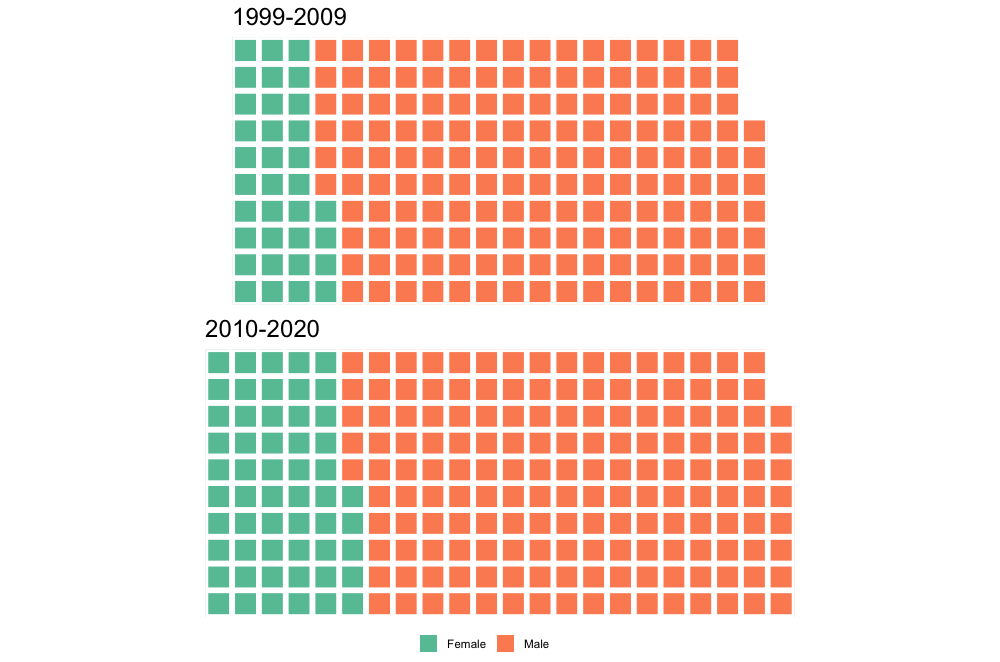
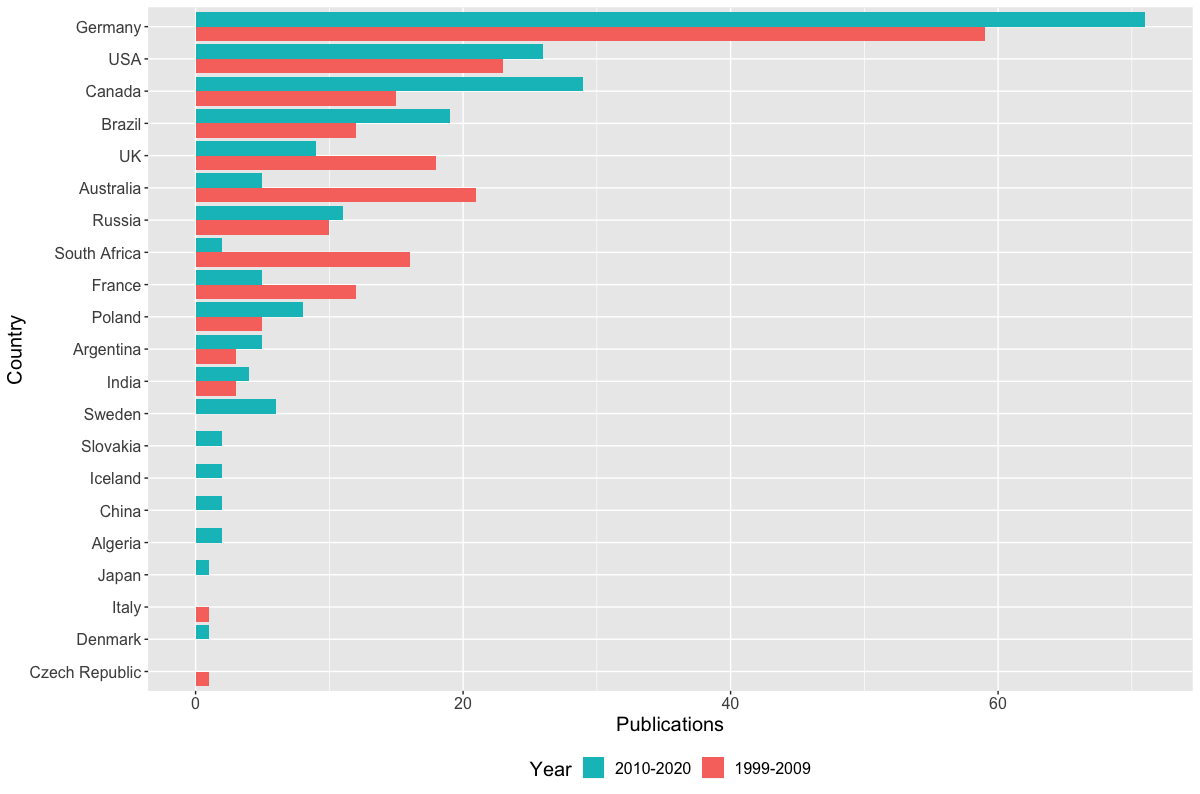

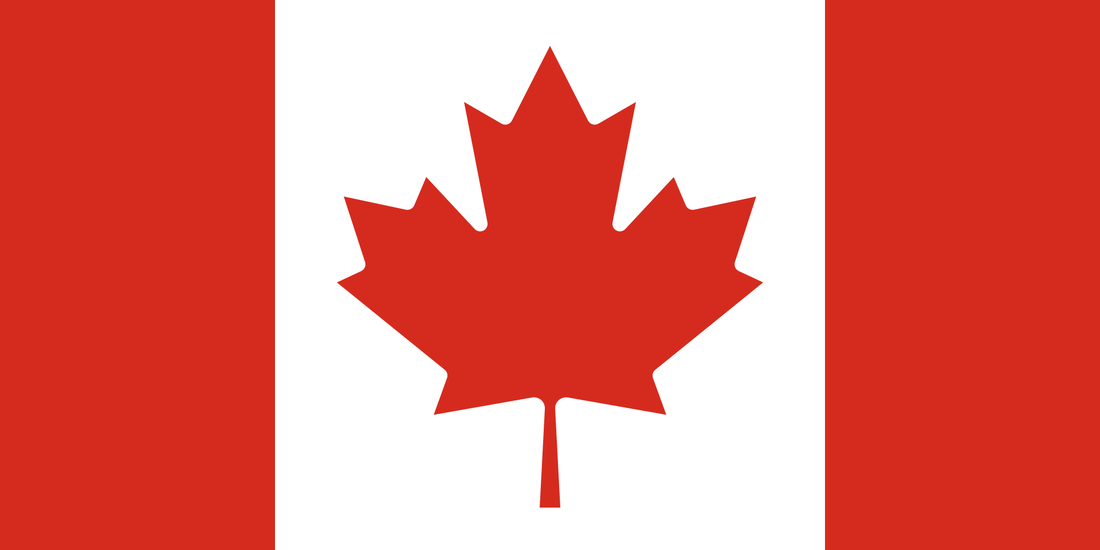

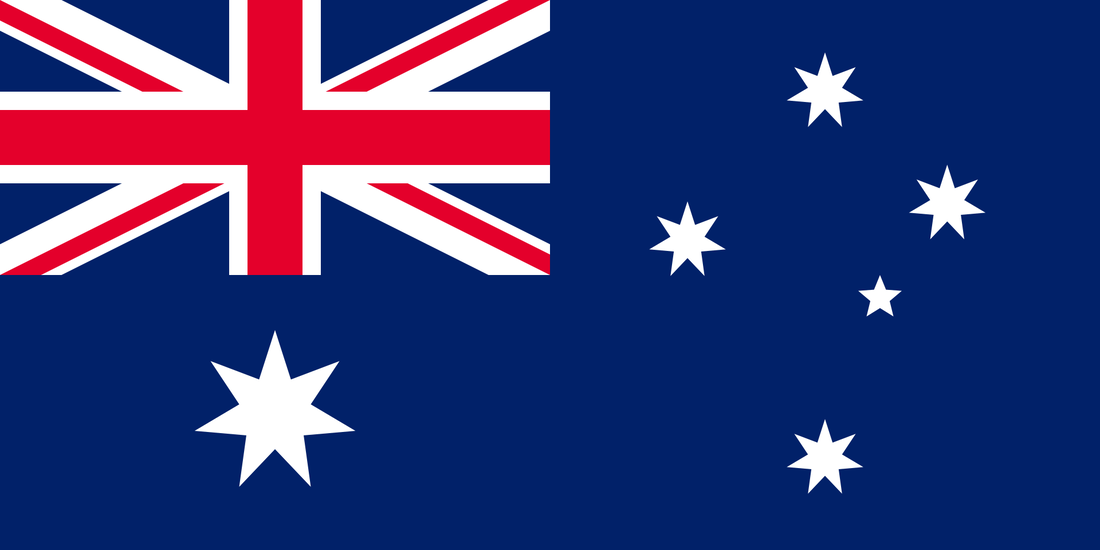
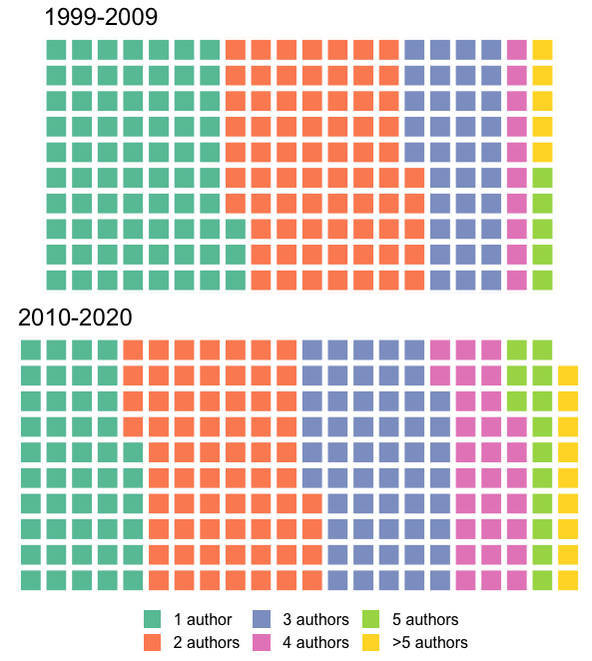
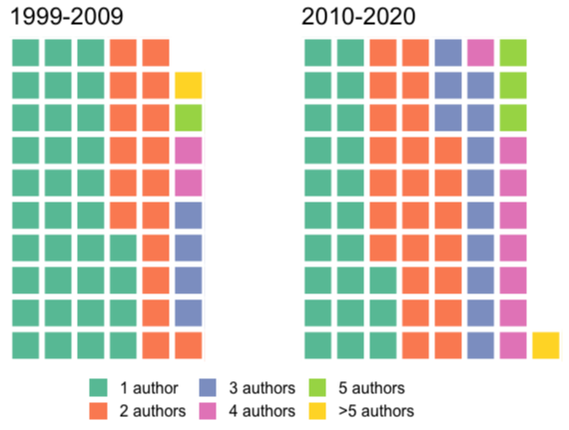
 RSS Feed
RSS Feed
